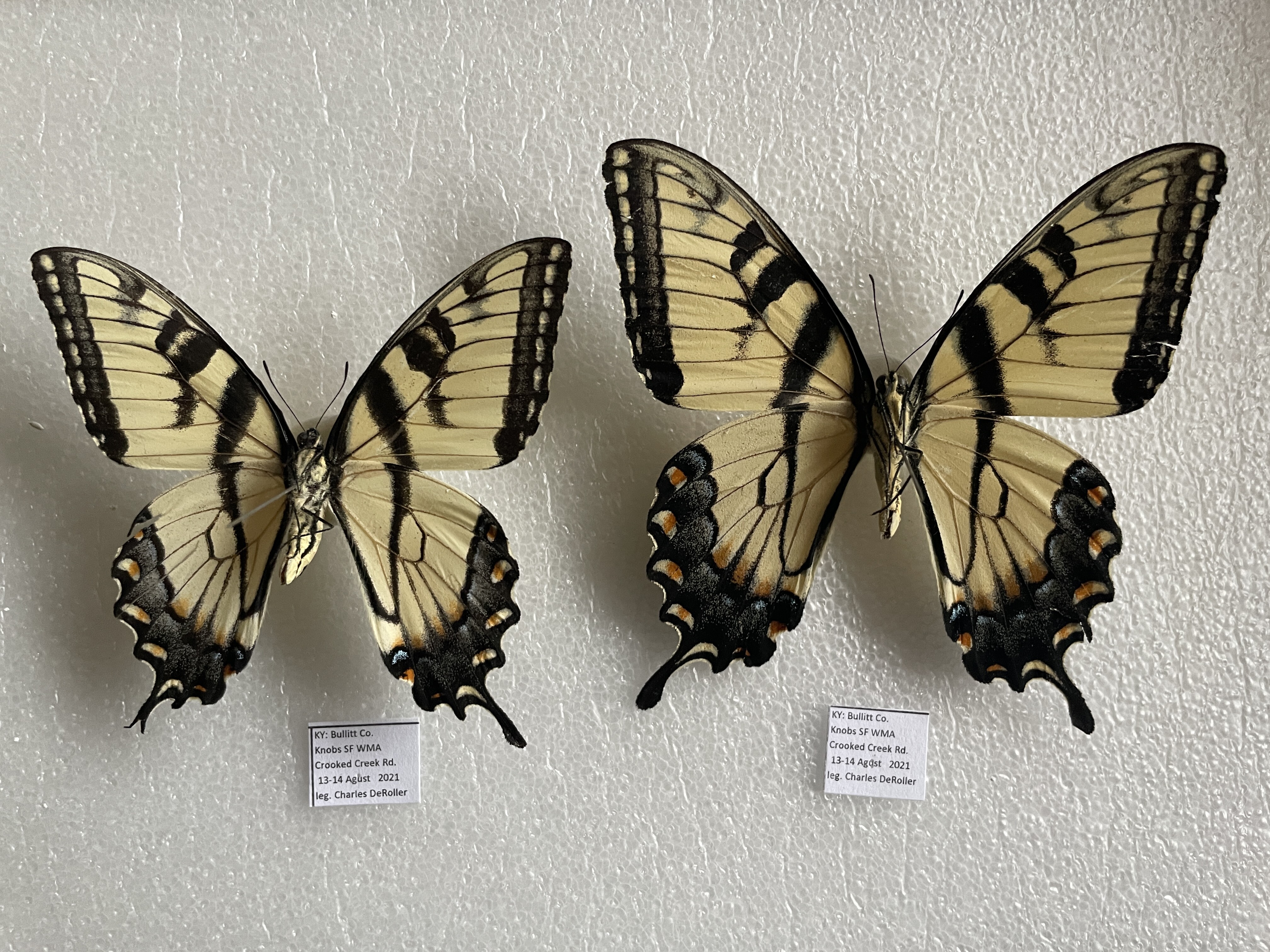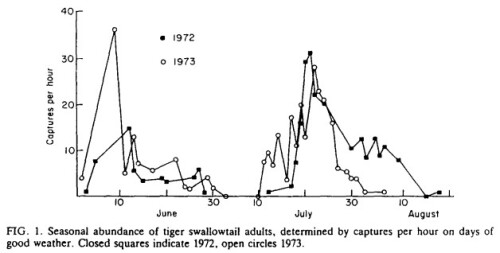There is absolutely no obligation for you to give paratypes away at all. Obviously the single specimen designated as the holotype SHOULD be donated to a museum if it isn't already housed in one, but there is actually no obligation to do so. If the holotype is stated to be housed in your own or someone else's private collection, as long as the precise location (address of the author or owner of the specimen) of that collection is stated somewhere in the original description (OD) then the description is Code compliant in this respect. Most authors who describe a new species/subspecies with a holotype in a private collection state that the holotype, currently in a stated private collection, WILL BE deposited in XXX museum. The Code only mandates that the location of the holotype OR the location where it will be deposited in future be included in the work. If at any future date the holotype is actually deposited elsewhere, or not deposited in a museum at all, that does not make the name unavailable. The current Code recommends that the holotype be deposited in an institution, but it is not mandatory.
The more paratypes you include in the OD the better. These should be labelled with at least the word 'paratype' along with the taxon name (similarly the holotype should be labelled as such). There is absolutely no obligation to give those specimens to anyone or any institution. The purpose of paratypes is to give a status to specimens that the author of the taxon believed to belong to the same taxon as the holotype when examining them before writing the OD, so that in future they can be used as examples of the author's opinion. If for whatever reason the holotype is destroyed some time in future then ONE of these paratypes can be chosen as a replacement 'name-bearing type specimen' (the neotype) for the lost holotype, if necessary. If there are no paratypes which actually represent the same taxon as the lost holotype then a a new specimen from outside the type series MAY have to be designated as a replacement specimen for that holotype if ABSOLUTELY necessary, according to strict restrictions in the Code. Also it is worth noting that, if subsequently some or all of the paratypes are shown to belong to a different taxon, it has absolutely no effect on the name or the identity of the taxon to which the name belongs. The name is only tied to the name-bearing type (holotype or neotype) and not to the paratypes. The holotype of a subsequent taxon can at the same time be a paratype of an older taxon from which it is shown to be different.
In the case of old descriptions where a series of specimens was listed or can be recognised as part of the type series, but no holotype was designated in the OD, then ALL of these specimens are syntypes, and all of them have equal name-bearing status. In new ODs after 1999 a series (2 or more) syntypes may be designated instead of a holotype and paratypes for whatever reason, although this is not recommended and normally no-one does so without a particular reason. If at a future time it is found that these syntypes actually comprise more than one taxon one of the syntypes will be chosen as the lectotype in order to fix the name to a particular taxon. The remaining syntypes then become paralectotypes, which have similar status to paratypes.
Adam.











